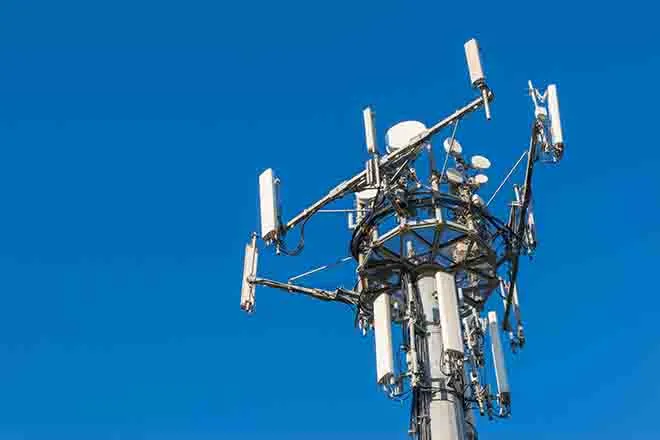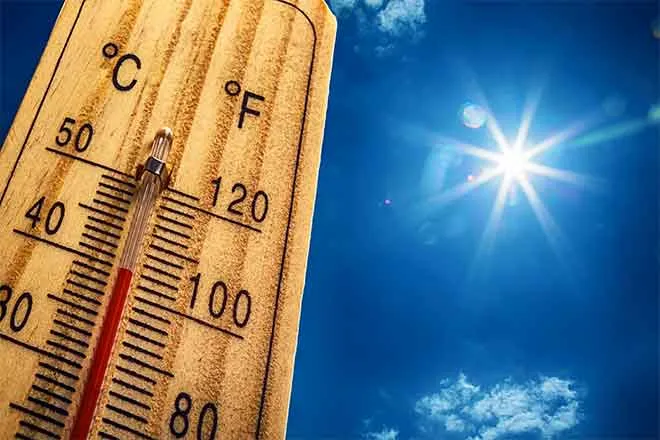
EarthTalk
© iStock
— Jeffrey Edwards, Seattle, WA
Americans use 500 million plastic straws—or 1.6 per person on average—every day. Based on this, a typical American will use more than 38,000 plastic straws over the course of a lifetime. While drinking through a single-use plastic straw seems innocent enough, don’t fool yourself: many of these straws find their way into our oceans, polluting underwater ecosystems and harming marine wildlife.
Researchers warn that if we don’t clean up our act, there will be more plastic in the ocean than fish by 2050. Plastics don’t biodegrade, but instead break into tiny pieces which are scooped up by marine organisms unable to digest them — or end up in huge mid-ocean gyres too clogged for ships to pass through. Cutting way back on or eliminating single-use plastic straws won’t completely solve our ocean waste problem, but it will go a long way toward cutting back on plastic in the ocean as well as raising public awareness of the issue in general.
Last September the city of Seattle went strawless in solidarity with the Lonely Whale Foundation’s Strawless Ocean campaign (look for #StopSucking on Twitter), a global initiative to remove 500 million plastic straws from the U.S. waste stream in 2017. Some 2.3 million plastic straws were permanently removed from the city’s restaurants, cafes, bars and other businesses—and in July 2018 an official ban on plastic straws will go into effect there. Lonely Whale hopes that other cities will follow in Seattle’s forward-thinking footsteps.
For those who still love using straws, there are a growing number of reusable alternatives to plastic now available. Bambu Home’s handmade reusable bamboo straws come with a cleaning brush and can be used hundreds of times. Eco at Heart sells reusable steel straws that are durable, easy to clean and portable, so you can bring them into the car, work or anywhere. Steelys reusable steel straws come in a wide variety of sizes, including versions with bent tips. Aardvark’s paper straws are flexible, customizable and durable—and biodegrade on their own within 90 days.
Meanwhile, another eco-friendly option is glass, such as those made by Hummingbird Straws. And perhaps even greener are Harvest Straws, which are grown, harvested and cut by hand in Southern California from heritage, non-GMO grain grown without irrigation, using no chemicals in any part of the process. And reusable water bottles with built-in straws—such as steel and silicone models from Klean Kanteen or glass and metal varieties from Simply Straws—are also a good alternative to plastic straws. You can shop for these and other alternatives to plastic via the strawslessocean.org website.
Using disposable paper straws or opting out from using a straw at a restaurant or drive through are much better options than the conventional plastic straws that will end up as pollution in our oceans or in marine animals’ bodies. It may require a bit of extra work but using reusable straws or alternatives can make a big difference for wildlife and for ourselves.
















